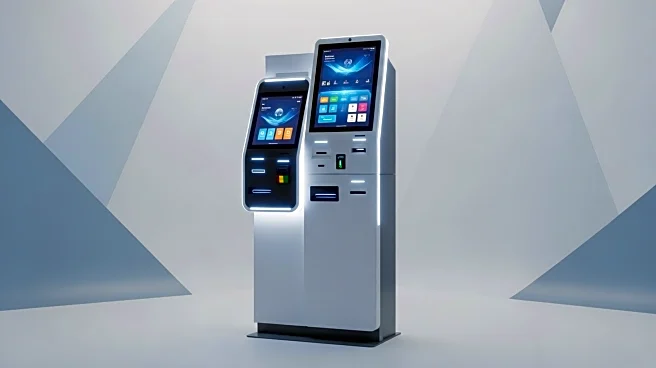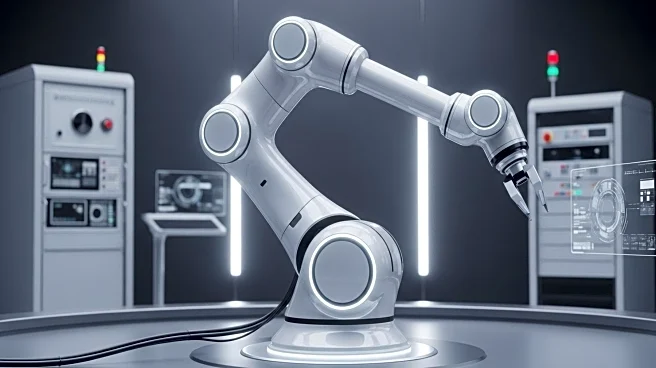Rapid Read • 8 min read
Hewlett Packard Enterprise (HPE) has announced significant advancements in its HPE Juniper Networking portfolio, focusing on agentic AI capabilities to enhance network operations. These innovations aim to transform networks into proactive partners for IT, capable of solving issues before they affect users. The enhancements are part of the Juniper Mist platform, which includes AI-powered troubleshooting, expanded visibility, and control of self-driving actions. The platform's AI engine, Marvis, analyzes telemetry across various domains to simplify operations and reduce costs. The new features include augmented conversational capabilities, expanded self-driving actions, and a generalized large experience model (LEM) for data center operations. These developments are designed to reduce IT complexity and ensure exceptional user experiences from client to cloud.
AD
The introduction of agentic AI in network operations by HPE is a significant step towards achieving self-driving networks. This technology is crucial for businesses as it promises to simplify complexity, reduce operational costs, and deliver superior digital experiences. By enabling predictive intervention, HPE's advancements allow IT operations to resolve issues before they impact users, thus enhancing efficiency and user satisfaction. This proactive approach is particularly important as networks become more distributed and complex, requiring tools that can ensure seamless user experiences at scale. The move also positions HPE as a leader in AI-driven network solutions, potentially influencing industry standards and practices.
HPE's advancements in agentic AI are expected to lay the groundwork for further improvements in network performance and efficiency. As these technologies are integrated into more IT architectures, businesses may experience real-time problem-solving and smarter decision-making across networking, storage, and compute. The continued development of AI-driven support and autonomous service provisioning could lead to more widespread adoption of self-driving networks. Stakeholders, including IT teams and business leaders, will likely monitor these developments closely to assess their impact on operational efficiency and user experience.
The shift from reactive to proactive network management through agentic AI could have broader implications for the IT industry. It may lead to a reevaluation of traditional network management practices and encourage the adoption of more autonomous systems. This transition could also raise ethical and security considerations, as AI-driven networks require robust safeguards to protect against potential vulnerabilities. Additionally, the focus on enhancing user experience aligns with broader industry trends towards customer-centric solutions, potentially influencing future technological innovations.
AD
More Stories You Might Enjoy










